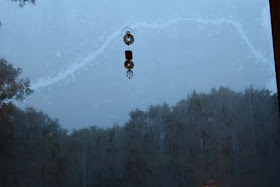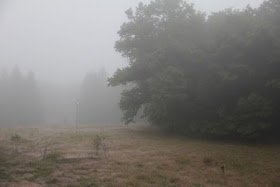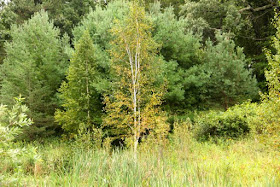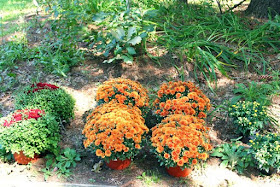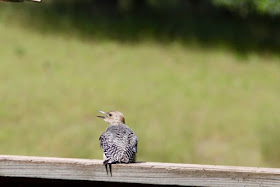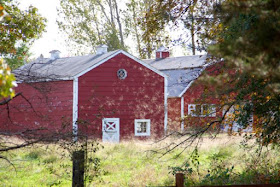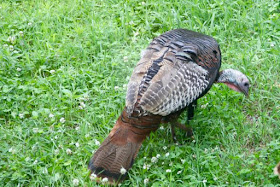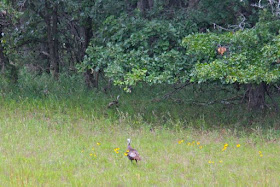“You never change things by fighting the existing reality. To change something, build a new model that makes the existing model obsolete.” ― R. Buckminster Fuller
 |
| local row crops: corn
Photo by J. Harrington
|
I'm hoping that a new model of motivation for agriculture will become a major factor in cleaning up our water, and it's actually one that we've already begun to implement. We get to vote with our dollars. Many of us have already been doing that when we buy fresh, organic, local foods instead of industrially produced processed stuff. We're having enough of an effect that the big guys are noticing. Cargill, General Mills, and Wal-Mart are collaborating to improve farm soil and water quality.
“More and more consumers want to know where their food came from and what on-farm practices took place in row-crop ag and animal ag,” said Jill Kolling, senior director of sustainability at Cargill and co-chair of the collaborative. “That’s definitely a trend.”[UPDATE: the Back Story details]
 |
| local farmers market crops
Photo by J. Harrington
|
The part I like most is that this is a trend we, the eating voters of Minnesota and the Midwest, control. Done the right way, it can also improve our local economies and support more local businesses. Think about the effects those who want to protect pollinators from pesticides are beginning to have. It won't happen as quickly as we'd like, but if we keep following the strategies we need, we can make it happen. It's how we change a free market economy into a fair market economy and clean up the environment in the process. Now, we need to get the Minnesota Water Stewardship Pledge improved by adding these points from different versions of the "Where You At" bioregional quiz.
- I can name the creek or river which defines my watershed
- I can trace the water drink from precipitation to tap
- I know where my sewage (wastewater) goes
The Farm
By Joyce Sutphen
My father’s farm is an apple blossomer.
He keeps his hills in dandelion carpet
and weaves a lane of lilacs between the rose
and the jack-in-the-pulpits.
His sleek cows ripple in the pastures.
The dog and purple iris
keep watch at the garden’s end.
His farm is rolling thunder,
a lightning bolt on the horizon.
His crops suck rain from the sky
and swallow the smoldering sun.
His fields are oceans of heat,
where waves of gold
beat the burning shore.
A red fox
pauses under the birch trees,
a shadow is in the river’s bend.
When the hawk circles the land,
my father’s grainfields whirl beneath it.
Owls gather together to sing in his woods,
and the deer run his golden meadow.
My father’s farm is an icicle,
a hillside of white powder.
He parts the snowy sea,
and smooths away the valleys.
He cultivates his rows of starlight
and drags the crescent moon
through dark unfurrowed fields.
********************************************
Thanks for visiting. Come again when you can.
Please be kind to each other while you can.


